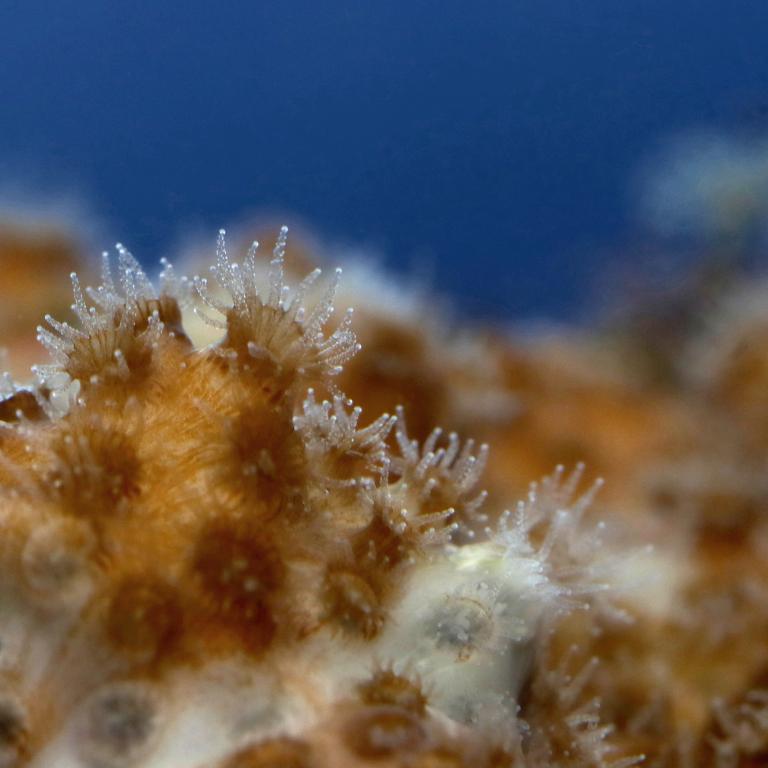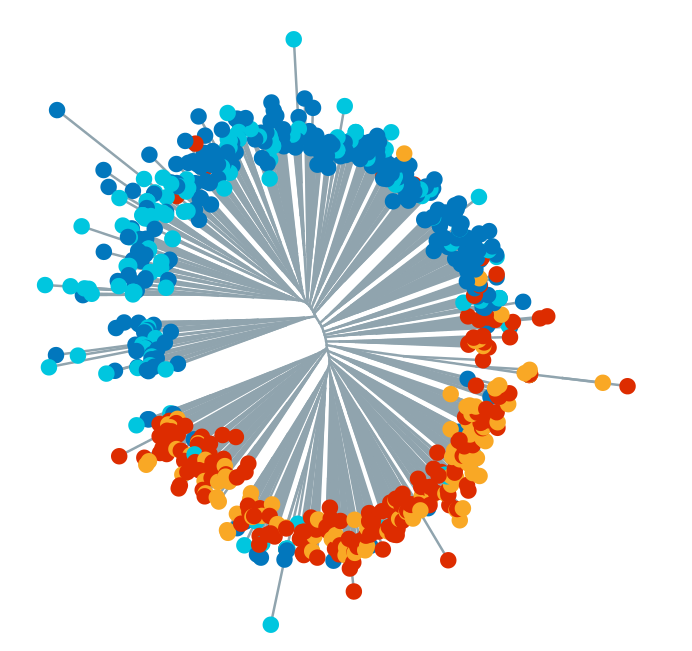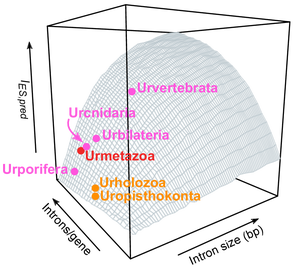About me

I am a Postdoctoral Fellow at the Centre de Regulació Genòmica in Barcelona. In our lab we use comparative genomics, population genetics and single-cell omics to investigate the evolutionary dynamics of genome regulation and cell type diversity across the eukaryotic tree of life — from animals to protists.
Our latest work includes a study on the evolution of facultative symbiosis in the unique Mediterranean coral Oculina patagonica, a transcriptomic reconstruction of the early evolutionary origin of animal neurons using single-cell transcriptomic atlases of four placozoans, and a phylogenetic investigation of chromatin evolution in eukaryotes combining comparative genomics and proteomics.
I have also released Possvm, a handy piece of software that can identify and annotate clusters of orthologous genes directly from phylogenetic trees.
In the past, I worked with David Weetman at the Liverpool School of Tropical Medicine, studying the evolution of insecticide resistance adaptations in Anopheles mosquitoes responsible for malaria transmission as part of the Anopheles gambiae 1000 Genomes project.
I obtained my PhD from the University of Barcelona in 2017, under the supervision of Iñaki Ruiz-Trillo, investigating the origin of multicellularity in animals using comparative genomic analyses of animals and their unicellular relatives.
You can follow my updates in Mastodon (ecoevo.social/@xgrau) or Bluesky (xgrau.bsky.social).
Recent posts
From my blog:
New publication on the evolution of facultative symbiosis in the Mediterranean coral Oculina patagonica
October 16th, 2025, by xgrau
We have recently published a paper on the Mediterranean coral Oculina patagonica, a remarkable and highly resilient species that is able to live and thrive with or without its symbiotic algae — what we usually call “facultative endosymbiosis”.
New paper on cell type evolution in placozoans and the early origin of the neuron expression programme
October 12th, 2023, by xgrau
We have recently published a new paper on cell type evolution in four placozoan species using single-cell transcriptomics. We explore their cell type diversity and study their evolution within the Placozoa phylum and beyond.
New paper on chromatin evolution in eukaryotes
June 10th, 2022, by xgrau
We have recently published a new paper on the evolution of chromatin in eukaryotes:
Recoded protein mixture models for IQ-TREE
May 4th, 2022, by xgrau
I have set up a Github repository with NEXUS files of mixture models for some common amino-acid recoding schemes (Dayhoff6, Dayhoff9, SR4, SR6, KGB6). They can be used in IQ-TREE with the -mdef flag, which allows you to use non-default models.




